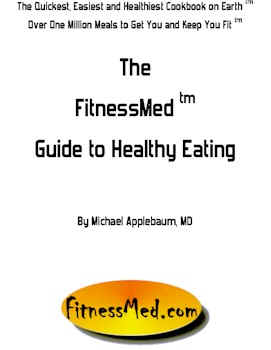Nutrition Facts labels have been used for decades on many food products. Are these labels read in detail by consumers when making purchases? Do people read only certain portions of the labels? According to a new study published in the November issue of the Journal of the American Dietetic Association, consumers' self-reported viewing of Nutrition Facts label components was higher than objectively measured viewing using an eye-tracking device. Researchers also determined that centrally located Nutrition Facts labels are viewed more frequently and for longer than those located peripherally.Of course they differ.
"The results of this study suggest that consumers have a finite attention span for Nutrition Facts labels: although most consumers did view labels, very few consumers viewed every component on any label," according to investigators Dan J. Graham, PhD, and Robert W. Jeffrey, PhD, Division of Epidemiology and Community Health, University of Minnesota, Twin Cities. "These results differed from the self-reported survey responses describing typical grocery shopping and health behaviors submitted by the participants."
Fat people are well-known for lying, e.g., about how much they eat.





















